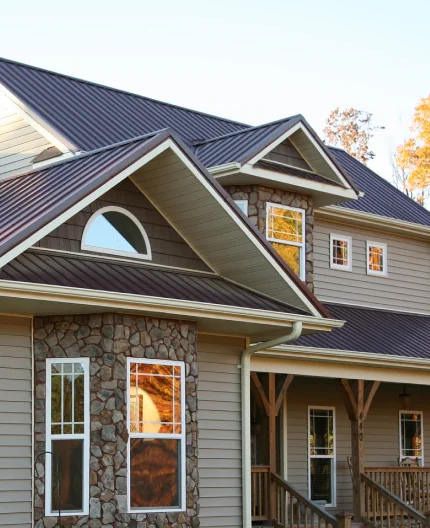DIY Fail: 4 Home Improvement Projects you Should Leave to the Professionals
Published on Monday November 6, 2017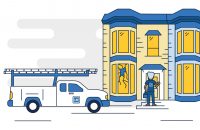
Listen, we’ve all been there. After watching way too many hours of “Fixer Upper” or “Rehab Addict,” you feel inspired, emboldened even. Those shows on HGTV and DIY Network make even the most amateur of DIY-ers feel like they could single-handedly re-tile a bathroom in just one afternoon.
Then there are the daydreams of all the ways you’ll spend the money you’ve saved from taking that home renovation project into your own hands…..
Before you start channeling your inner Chip and Joanna Gaines and get yourself stuck in a DIY fail situation, here’s a reality check: While a lot of homeowners do end up going the DIY direction on home projects — nearly 75 percent, according to a survey from Zillow Digs, a whopping 40 percent of them end up wishing they hadn’t.
That’s because home improvement projects are a lot of work, and in many cases, a lot of time and money. Plus, many projects—like carpentry or electrical work—require special skills, tools and expertise.
“With seemingly endless DIY tips and how-to videos available today, home improvement projects appear easier and more accessible than ever before,” says Kerrie Kelly, Zillow Digs home design expert.
“While some DIY projects can save you money, involving a professional for larger-scale projects, especially those that require specialized skills, can help eliminate headaches and costly mistakes.”
At the same time, home improvements and cosmetic upgrades are necessary for creating a comfortable, efficient home that retains its investment value well into the future. Even if you aren’t planning to sell anytime soon.
Here are four DIY fail projects that might be better left to the professionals.
Roofing
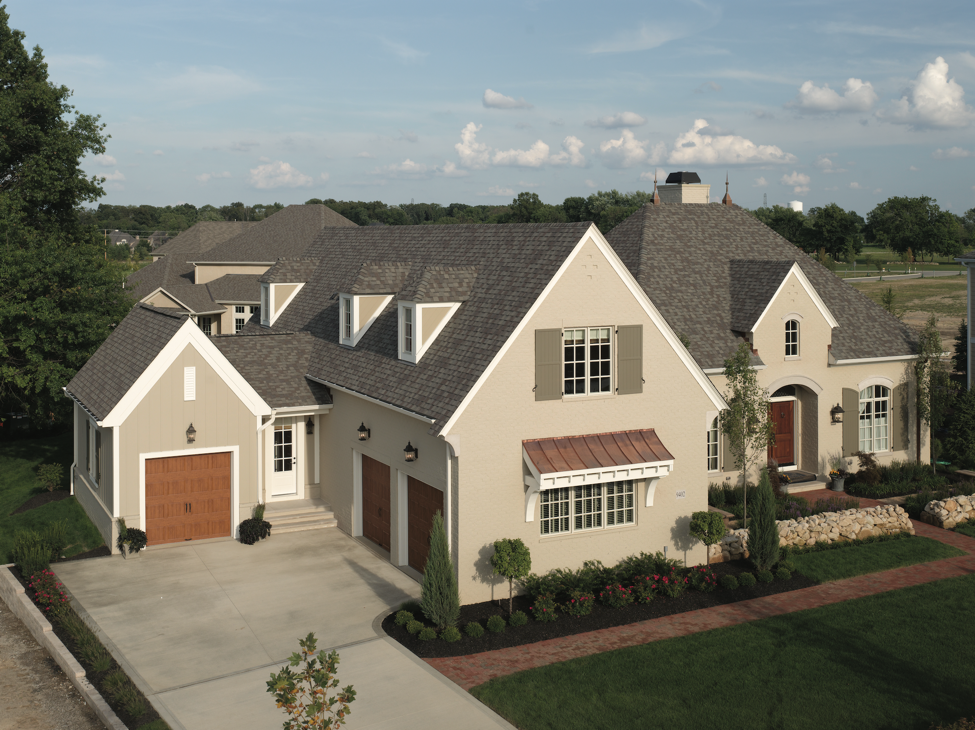
There’s no doubt that installing a new roof or even upgrading an existing one has many benefits. A new roof will instantly give a home a visual upgrade, providing added curb appeal.
Today’s warranties on certain roofs—including the most popular roofing material, asphalt shingles—are longer than ever before, and can even provide protection for up to 50 years. In addition, a new roof has the potential to help save money on utility costs.
Plus, when it comes to your roof, the return on investment is phenomenal. According to the National Association of Realtors, an estimated 45 percent of Realtors suggested a seller add a new roof before attempting to sell, and 32 percent of them reported that the project most recently helped clinch a deal for them, resulting in a closed sale.
However, roofing systems are complex and not necessarily DIY-friendly. A roof is made up of several layers that work together as a system to protect your home. Proper installation of each component protects the roof, attic, walls, and foundation from wind, rain, ice, heat, and humidity.
Not to mention, working on top of a roof is a risky—potentially dangerous—proposition. According to the National Safety Council, more than 6,000 Americans die each year from falls, mostly from roofs or ladders while cleaning gutters or fixing roofing.
As HomeAdvisor puts it: “Roofing is a lot like making a milkshake: there are not that many ingredients, and the chore itself seems simple, but to make a really good one, you need to know what you are doing.”
“This metaphor breaks down in that if you make a bad milkshake you don’t have to drink it, but if you do a bad job of putting on a roof, you will have to live with it year round or spend additional money to have your home re-roofed.”
Windows

When it comes to instant enhancement and curb appeal, it’s hard to beat new windows. Today’s windows come in a variety of shapes, sizes, colors and materials, and can give your home a one-of-a-kind look and feel.
In addition, new windows also have the potential to save you money on utility bills. Homes lose approximately 40-50 percent of their heating and cooling through windows and doors, so it makes financial sense to upgrade drafty single-pane windows or single-pane aluminum sliders.
Perhaps that’s one reason why ENERGY STAR windows are now one of the top design features influencing home purchase decisions of prospective buyers across all generations.
The National Association of Homebuilders’ (NAHB) Housing Preferences of the Boomer Generation: How They Compare to Other Home Buyers report found that ENERGY STAR windows were considered essential or desirable to over 80 percent of the 4,326 respondents.
To get the benefit of those energy cost savings, windows have to be meticulously measured and properly installed.
Any weak seals or air leakage in or around the window will drive up those monthly energy bills, and even expose your walls to water damage and potentially mold. Plus, improper installation may void any warranties.
Siding
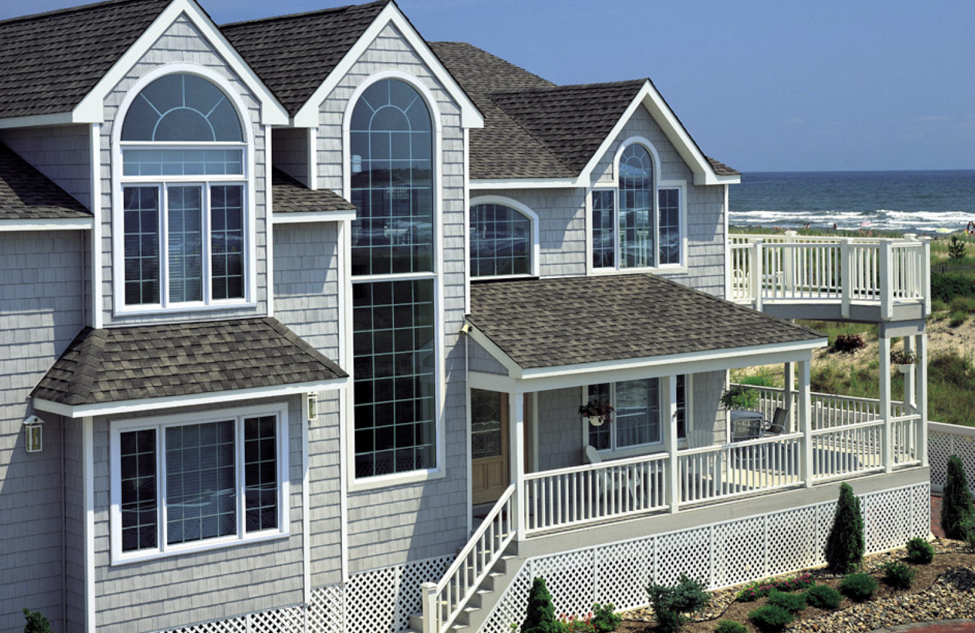
Replacing old siding not only improves the look of your home, but also improves energy costs and even resale value.
While many types of siding can last for decades, there comes a time in every home’s lifespan when the very elements siding is designed to protect against – rain, snow, wind, hail – start to have an impact.
Without proper maintenance, damaged and degraded siding can lead to a host of other problems on both the inside and outside of your home. This includes dry rot, moisture and mold, termites, and damage to insulation.
Most homeowners underestimate how challenging replacing siding can be. Removing and disposing of the old siding, getting the right permits and materials, and just the amount of labor involved can be a lot for the average DIY-er.
If there are any other underlying issues revealed after the siding is removed—for example, framing damaged by termites or electrical issues—the DIY headaches will only increase.
Doors
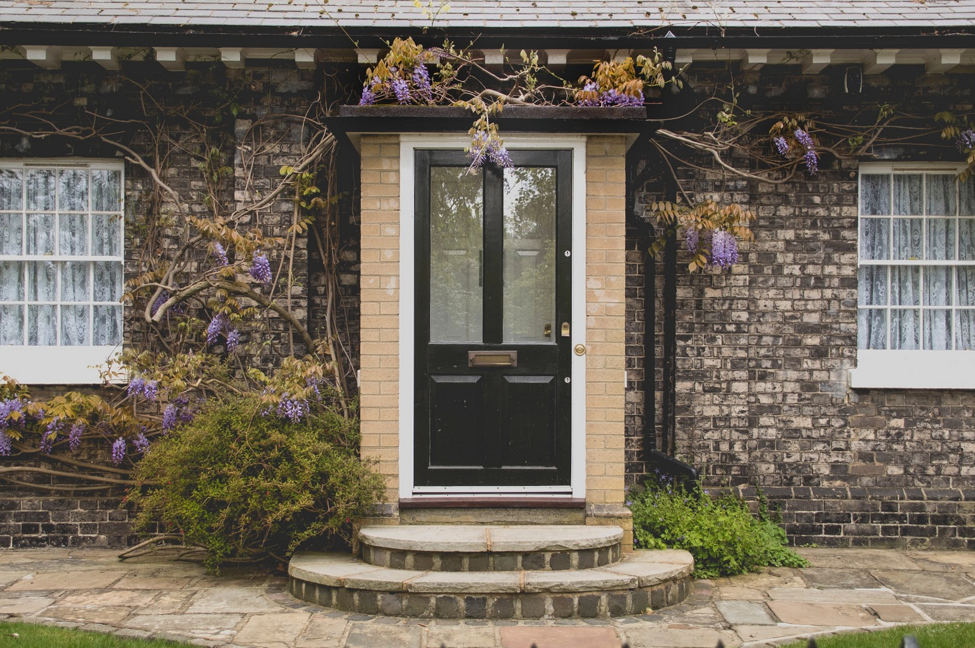
A new front door can be a breath of fresh air for your home’s entryway. By replacing the front door, a homeowner is transforming the exterior and putting a personal mark on the home, as well improving security.
Energy efficiency, increased functionality and livability, and boosted curb appeal are other potential benefits.
Keep in mind, an incorrectly installed door can affect the beauty and performance of the unit, leaving gaps where air and heat can escape, and possibly voiding the manufacturer’s warranty.
If the walls or the foundation in your house aren’t level, odds are that the door won’t be level either and will require some expertise to line it all up. Not to mention that an improperly installed front door may not be secure and is less likely to function properly.
“Installation of a new entryway can be a straightforward DIY project, but depending upon your particular situation, your budget, and the statement you wish to make, it can much more complicated. It is the face of your home, so it’s worth the effort to do it right,” notes DoItYourself.com.
Add it all up and a homeowner could soon find that any of these do-it-yourself projects can rapidly spiral into a ruin-it-yourself project.
Give us a call before you risk a DIY fail.
The Long family has served the home improvement needs of families across the East Coast for over 7 decades. Whether it’s a new roof, windows, siding or doors, we’re the go-to replacement and installation experts for all your home improvement needs.
Contact Long Home Products online to request an estimate.
Interested in Long Home Products?
See our special offers now.
*Excludes labor. Subject to credit approval.
**Excludes labor. Subject to credit approval.
One-day installs contingent upon municipal rules and regulations.
By submitting a form, I authorize Long Home Products to contact me with information abouts its products and services via mail, email, phone and/or text at the contact information provided, even if I am on the national do not call list. Long Home Products may use automated telephone technology to initiate calls to its customers. Calls and in person estimates may be recorded for quality and training purposes.






